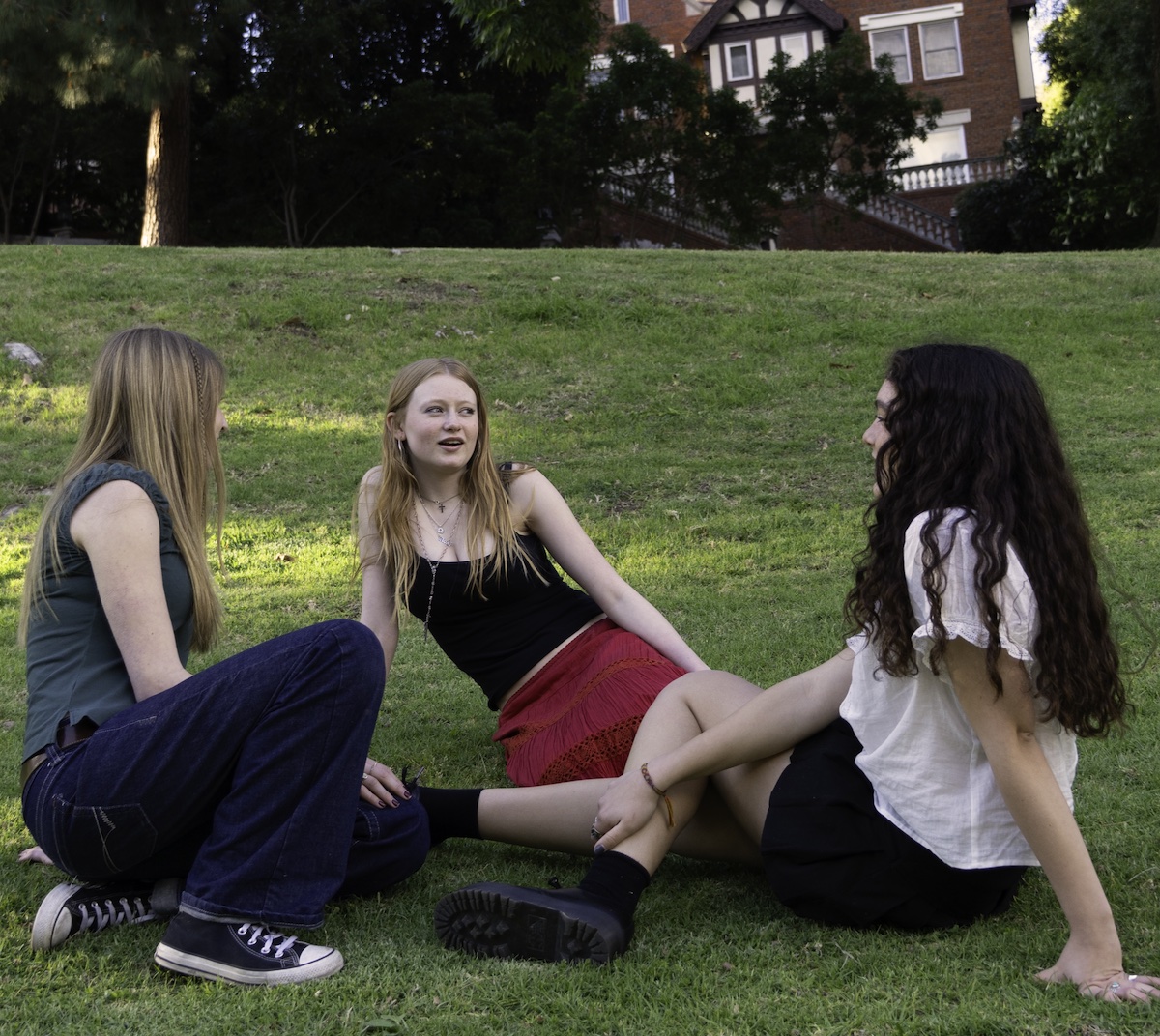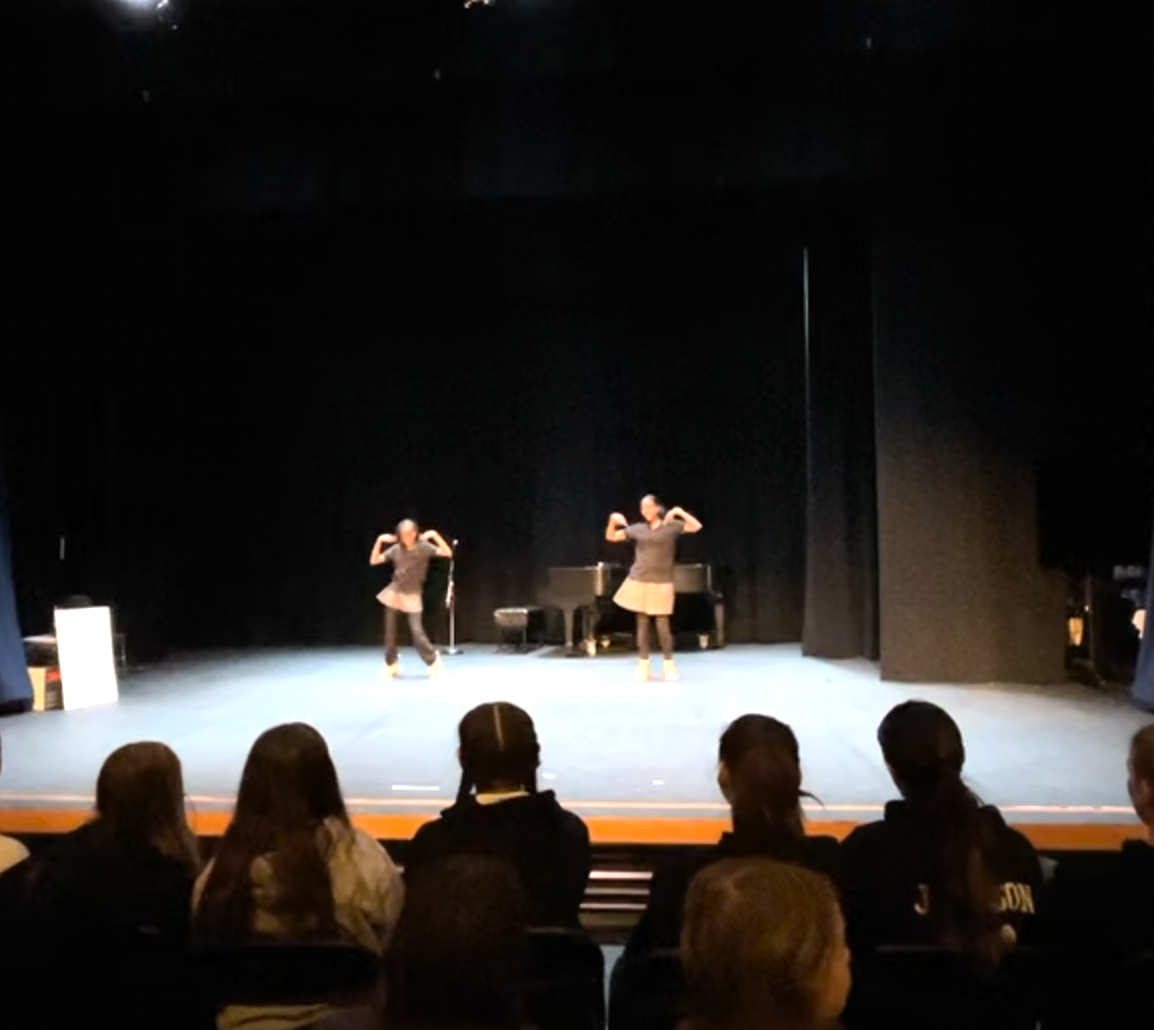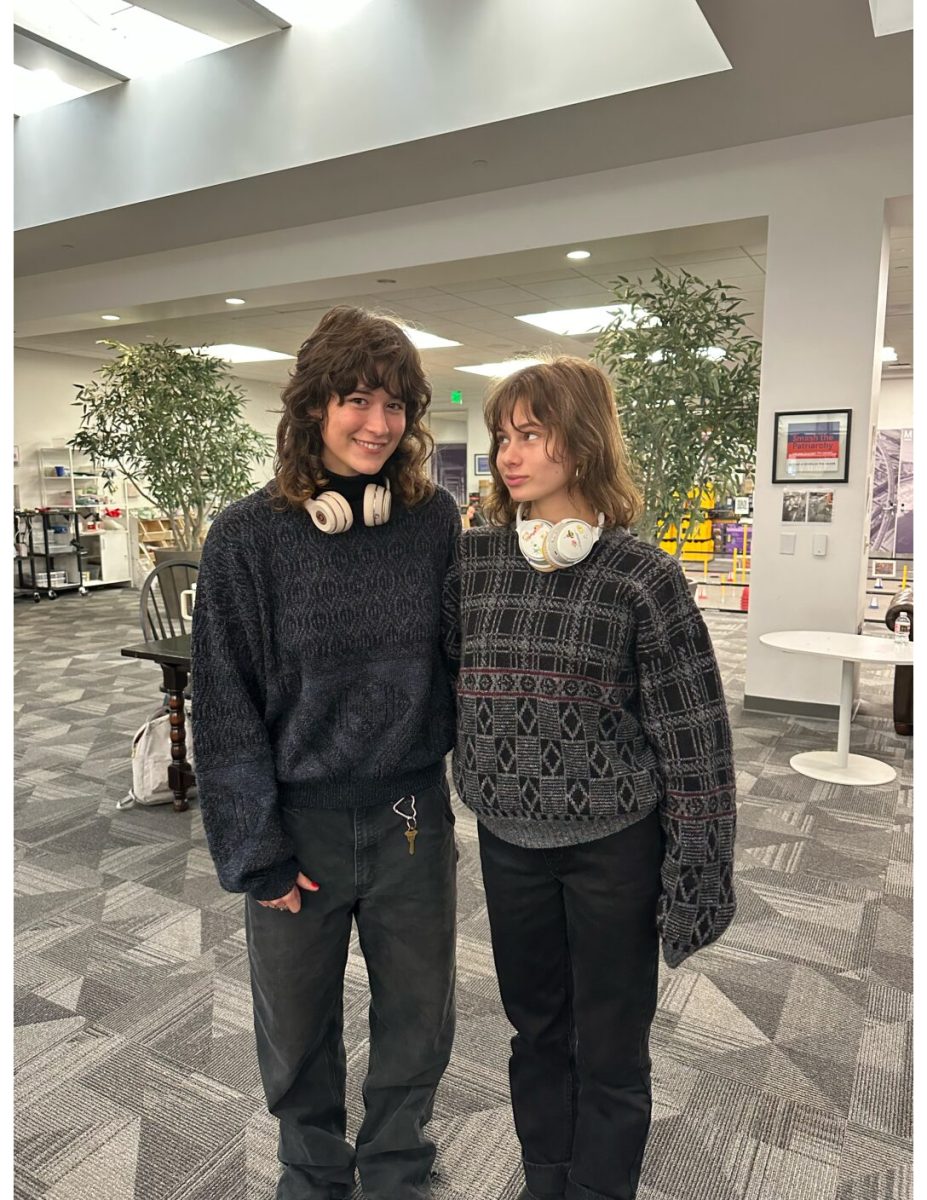
Anabel ’23, Claire ’23 and Millie ’25
Introduction
With “#spirituality” having over 8.2 billion views on TikTok, it is no surprise that many TikTok users have seen some type of spiritual practice on their For You Page. TikTok and other social media platforms have allowed spiritual creators to reach millions of people worldwide, resulting in spirituality becoming more popular in recent years. Crystals, for example, have become increasingly popular on social media, with “#crystals” having over 8 billion views on TikTok; “#witchtok,” a side of TikTok that focuses on practices of witchcraft, has over 23 billion views. The popularization of spirituality led many to gain an interest in the topic and even adopt some spiritual practices into their lives, such as checking horoscopes or practicing manifestation. However, the growth of spiritual practices, including those important to certain cultures and religions, has raised the question as to whether spiritual practices are open to anyone who feels compelled to try them.
History of spiritual practices
The term “spirituality” has a long and complex history. “Spirituality” is referred to as “the search for meaning in life events and a yearning for connectedness to the universe,” according to Britannica. However, the term began with religious, especially Christian, connotations in the Classical, Medieval and Early Modern periods. Then in the 19th, 20th and 21st century, “spirituality” became increasingly distant from Christian European religious institutions and came to incorporate numerous cultures. The term is currently widely contested, with no single agreed upon definition, but “spirituality” tends to refer to subjective experiences relating to the human soul.
Some spiritual practices, such as astrology and crystals, originated early in human history and are historically tied to multiple cultures.
Astrology, for example, originated in Mesopotamia in the 3rd century millennium BC and spread throughout the world over time, such as to India, Greece and China, according to Britannica. The 12 star signs of the zodiac that we are familiar with—Aries, Taurus, Gemini, Cancer, Leo, Virgo, Libra, Scorpio, Sagittarius, Capricorn, Aquarius and Pisces—were created by the Ancient Greeks. Astrology also became an important spiritual practice in China, where rituals, such as casting a horoscope for each newborn child, were developed. Though advancements in astronomy seem to counteract beliefs in astrology, the appeal of astrology has not waned.
Crystal healing, and the belief that crystals have metaphysical properties, also originated early in history and is associated with Ancient Egypt, Mesopotamia, China, India, Ancient Greece and Ancient Rome. According to Britannica, The New Age movement in the Western world in the 1970s and 1980s, which focused on finding love and light through personal transformation and healing, spread the use of crystals. Crystals were one of the transformative tools identified by the New Age movement, and were believed to be reservoirs of energy. The movement ended in the 1980s, but crystals remain popular in modern spiritual use.
Other spiritual practices, like smudging with sage, are historically tied to specific cultures.
According to the Canadian Encyclopedia, smudging with sage is an important ceremonial ritual traditionally used to purify people and places, and is practiced by a wide range of Indigenous people in the Americas. The United States sought to suppress Native American religion and culture by criminalizing practices such as smudging, according to National Geographic. It wasn’t until August 1978 that Native Americans were able to practice their native religion when a US federal law, the American Indian Religious Freedom Act, was enacted. The recent increase of the use of smudging by white Americans has sparked conversations about whether the use of smudging by those outside of the Native American community is cultural appropriation.
While many spiritual practices were created for spiritual or religious purposes, some of these practices originated for reasons other than spirituality.
When searching up spirituality on TikTok, tarot cards are one of the practices to immediately pop up; however, according to Britannica, tarot cards originated in Italy in the 1430s as an addition to a pack of playing cards rather than a spiritual practice. The modern tarot card is based on a Venetian deck that consists of 78 cards divided into major and minor arcana. The first adaptation of tarot cards to spiritual practices, specifically for fortune-telling, was around 1780 in France.
Some spiritual practices have developed more recently. For example, the modern Western concept of manifestation derived from the New Thought movement in the US in the 19th century, according to Britannica. Manifestation is the practice of thinking aspirational thoughts with the purpose of making them real.
Marlborough students and spirituality
Spirituality is very common in the Marlborough community, with about 74% of students using some type of spiritual practice according to a survey sent to 7-12th graders. 65% of students practice meditation, making it the most used spiritual practice among Marlborough students followed by astrology (40%), manifestation (40%) and crystals (35%). Spirituality and spiritual practices play many different roles within the Marlborough community.
For example, many students feel that spirituality is a way to ground themselves and reduce stress.
“I engage in spiritual practices from time to time to help me reset and clear my mind,” a survey respondent said. “I use these practices to help find clarity and calm in my daily life, rather than to believe something will come true as a result.”
Some students practice spirituality because of the benefits it has for their mental health, such as helping with anxiety and de-stressing.
“I think this world can be very difficult at times, and the belief in something higher than myself can make it seem a little less scary,” a survey respondent said.
Still others use spirituality to connect with the world around them and appreciate their life.
“It [spirituality] makes me enjoy life more, and kind of see the good parts,” a survey respondent said. “It’s a way to connect with the world and love it more, and also just love my life and feel supported.”
At Marlborough, social media apps have played a large role in spreading information about spiritual practices with 39% of students reporting getting some of their information about spirituality from TikTok. 45% of students sometimes see spiritual content on their For You Page, and only 10% of survey respondents have never seen a spirituality related TikTok on their FYP.
Despite the role of social media in providing information about spiritual practices, books are the most common way Marlborough students learn about spirituality. According to survey responses, 40% of students get their information from books, and 32% of students get their information about spirituality from their family.
“My mom uses spiritual practices, and it has spread to me throughout my life,” a student respondent said.
Cultural appropriation
Within discussions of spirituality on platforms like TikTok, it is hard not to encounter the idea of cultural appropriation.
While allegations of cultural appropriation seem to be a recent development in popular discourse, Britannica describes the term as originating in the 1980s as an academic label related to colonialism and its cultural impacts.
Today, cultural appropriation is used to describe the usage of other groups’ cultural practices in a disrespectful and/or an exploitative manner.
In the world of spirituality, discussions of appropriation are prominent. Many students have cited tarot card readings, henna designs and other spiritual practices as examples of spiritual and cultural traditions being used as a means of making profit, often by those who do not have an understanding of said traditions.
Henna is a plant-based dye with many uses for several south Asian cultures, though it is most commonly known for its use in temporary body art according to the Washington Post. Mehndi, a name for body art using henna dye, plays an important role in wedding celebrations and religious holidays.
One student shared an example of the cultural appropriation of henna art at Marlborough.
“A few years ago, at Winterfest, Marlborough hired white women who were doing ‘henna designs’ with plastic tubes and glitter,” the student said. “Applying it with a cheap plastic tube erases its history, and I believe Marlborough should have hired authentic henna artists who have the proper techniques/knowledge of it.”
Another student example of cultural appropriation centers on the melding of disparate spiritual practices on social media platforms like TikTok.
“One huge example of religious/cultural appropriation are the Tiktok videos of ‘cleansing Chakras.’”
Chakra is the Sanskrit word describing the different energy points in a human body. They are a central part of Hindu and Buddhist meditation practices. While both Hinduism and Buddhism involve forms of spiritual cleansing according to Britannica, Chakras don’t typically play a role in those practices. Students share that the conflation of the two spiritual practices highlights a lack of research and respect for different cultural traditions.
“I think education about religion is the best way to ensure you are appreciating other religions and cultures,” a student suggested.
Another student explained how they believe that communication between different communities is an important part of the conversation surrounding cultural appropriation.
“My issue [with conversations about cultural appropriation] is with people that are part of the majority claiming to know better or claiming that something must be problematic without any agreement from the impacted communities,” the respondent said. “In an ideal world, we could collaborate and develop around every element of culture, but I think we’re still working on rectifying past mistakes.”
Marlborough students had many ideas for how people can appreciate different spiritual traditions without appropriating them.
“Approaching the subject with curiosity and support I think is the best way to differentiate between appropriation and appreciation,” a student shared.
One student gave a suggestion for people before endeavoring into any new forms of spiritual traditions.
“Cultural appreciation is having the proper knowledge of a practice (from a reliable source), and only partaking in it after research, and with respect for the culture it comes from.”












